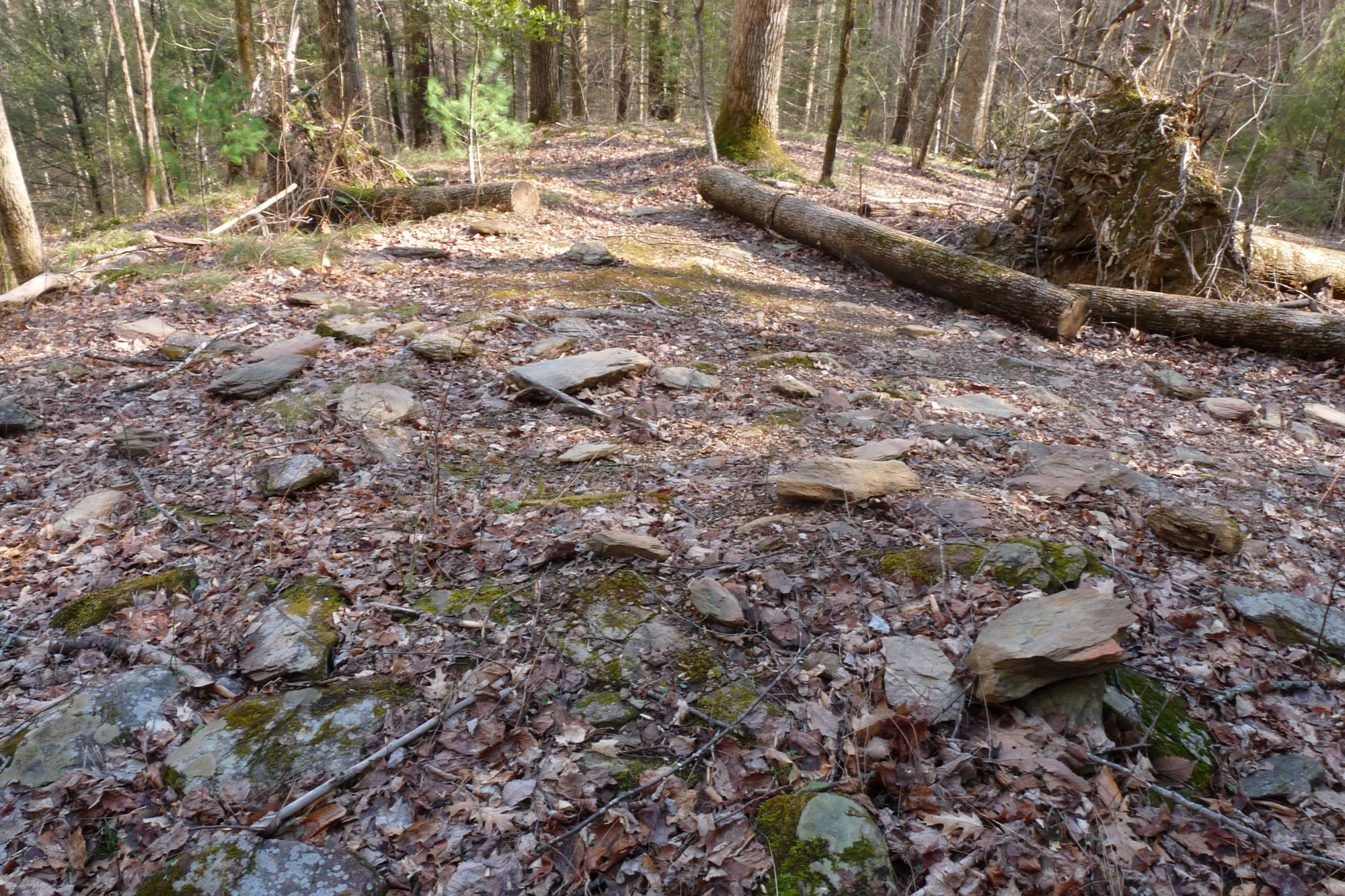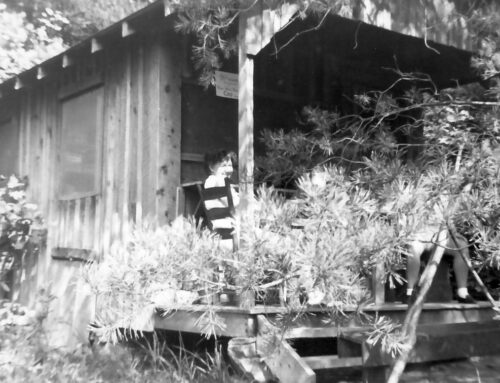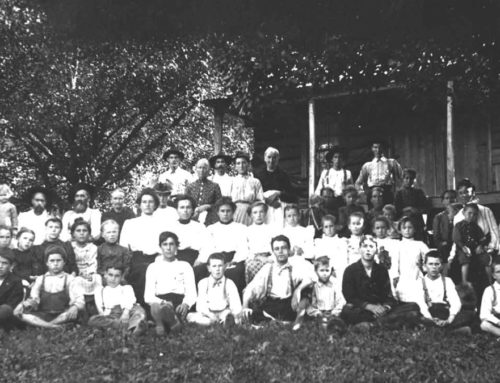If Fodderstack Could Speak: Walker Valley Lore
Written by Jeremy Lloyd, Manager of Field Programs and Collegiate Studies and author of A Home in Walker Valley: The Story of Tremont
This occasional series is named for the mountain overlooking the Walker Valley campus of Tremont Institute in Great Smoky Mountains National Park. If Fodderstack Mountain could speak, these are a few things it might reveal.
Homeplaces (Part 2) – The Moore Place
Homeplaces often kept their informal names long after the family bearing them moved out. For instance, once the Dorsey family left their house and John McCarter moved in, it was still known to the people of Walker Valley as the Dorsey Place.
The first (lower) home site one comes to on the Dorsey Trail was known as the Moore Place. There were a number of Moore homeplaces in the valley including one belonging to Mary Ann Moore, second wife of Will Walker, and another to her brother Loon Grant Moore.
The Moore Place on Dorsey Trail was built later than the Dorsey Place (the upper home site), perhaps sometime between 1910 and 1920. Also, in contrast to the Dorsey Place, the Moore Place was made of small saw-milled pine logs rather than heavy hand-hewn poplar. The roof had a “normal” pitch of thirty degrees and was shingled with wood, presumably white oak.
Brothers Frank and Jack Moore described the house as being “closed in,” meaning it had no windows, though sometime after its construction a 24 x 24-inch glass window was installed. It had a closed-in porch as well, which was boxed halfway up with drop shutters. Frank and Jack’s mother cooked on the porch where a cook stove was located. The shutters would be closed directly after cooking was completed to keep in the heat. The porch remained closed during winter when cooking was done inside by the fireplace.
Frank and Jack and their family lived in the house from 1920-1924. The brothers cited Will Walker’s death as the reason they moved away, though no specifics were given. One guesses it might have had something to do with the fact that Will Walker’s daughters sold their father’s land around that time to the Little River Lumber Company. The family moved in with a grandmother in Knoxville. The Moores were likely the first residents of the homeplace since it is known that Frank and Jack’s father helped build it. What’s certain is that they were the last; no one ever lived in the house again once they left.
Frank Moore (born 1909) and Jack Moore (born 1912) recalled that their father did not fight in World War I, though during the conflict he traveled to Townsend every few days in order to train. He was present, along with Will Walker and Sam Cook, at Vannie Cook’s death in 1910. Tears filled his eyes when he told the woeful story of this little girl’s death a year before his own death.
One of the happier memories the father of Frank and Jack Moore had was plowing corn in the snow one year in the month of May. A giant beech tree standing along Dorsey Trail, not far from the Moore Place, bears an inscription: JW Moore 1911. Very possibly the inscriber was the father of Frank and Jack Moore.







